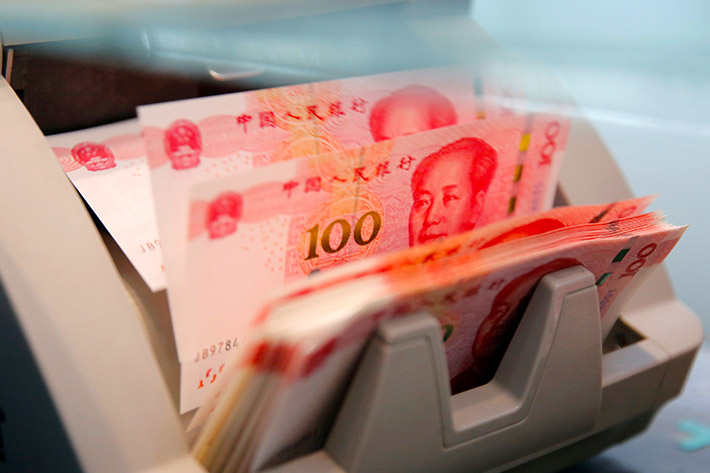China’s central bank is predicted to stand firm on its benchmark lending rates this month – but is forecast to cut them in February in a bid to fire up the country’s struggling economy
Analysts say the imminent golden week holiday, the decision by the People’s Bank of China to leave its policy rate unchanged this week and a new mortgage rate mechanism have made a cut in the loan prime rate (LPR) on Friday unlikely.
“The upcoming LPR announcement, on the last working day before the Lunar New Year break, may not be the best moment,” Mark Williams, chief Asia economist at Capital Economics wrote in a note to clients. “We think next month is more likely.”
A poll of 33 market watchers conducted by Reuters this week showed 21 or 64% predicted no change to benchmark LPRs, which serve as the pricing reference for bank lending.
Also on AF: Japan’s Car, Chip Exports To China Slump, Fuel Slowdown Fears
The one-year LPR currently stands at 3.65%, while the five-year LPR is 4.30%. China last cut both LPRs in August.
Eleven respondents forecast a cut to the five-year LPR while seeing no change to the one-year tenor. Only one respondent predicted a cut to the one-year LPR.
China’s economy grew just 3% in 2022, far below the official target but the government’s abrupt end to its the zero-Covid policy has fanned hopes of a robust recovery.
Analysts also noted that there’s less urgency to implement cuts to the five-year LPR – a reference rate for mortgages – after China this month established a dynamic adjustment mechanism on mortgage rates for first-time home buyers.
Aimed at boosting a struggling property sector, the mechanism allows cities to lower or abolish the PBOC-mandated mortgage floor rate to stem consecutive months of home price declines.
The LPR is calculated each month after 18 designated commercial banks submit quotes to the National Interbank Funding Center, a PBOC affiliate.
- Reuters with additional editing by Sean O’Meara
Read more:
China Planning ‘Timely RRR Cuts’ to Boost Liquidity
China New Bank Lending Crumbles on Covid-Hit Demand
China’s Key Money Rate Sinks Close to 2-Year Low
























